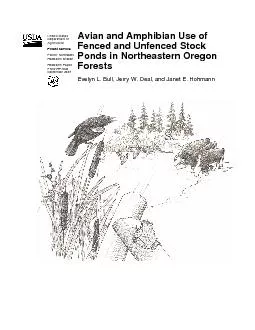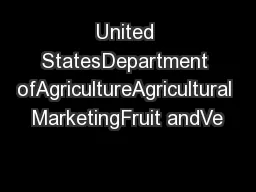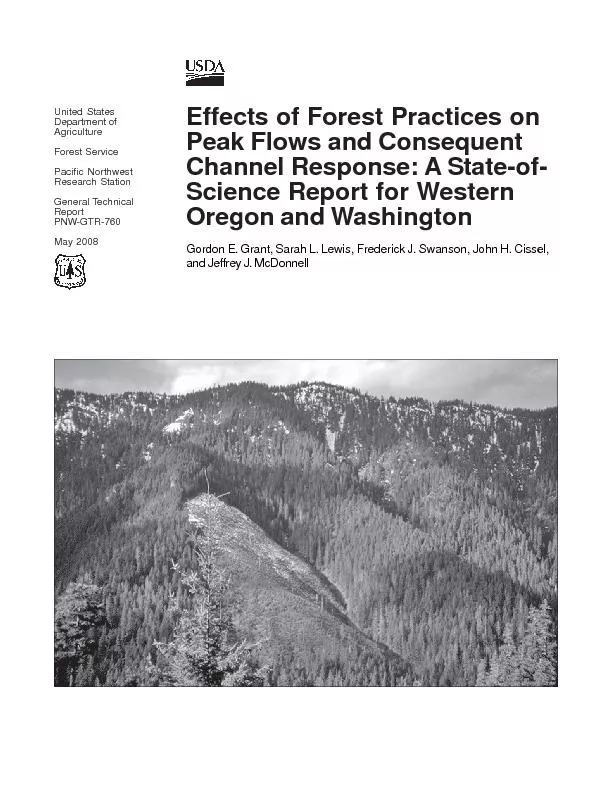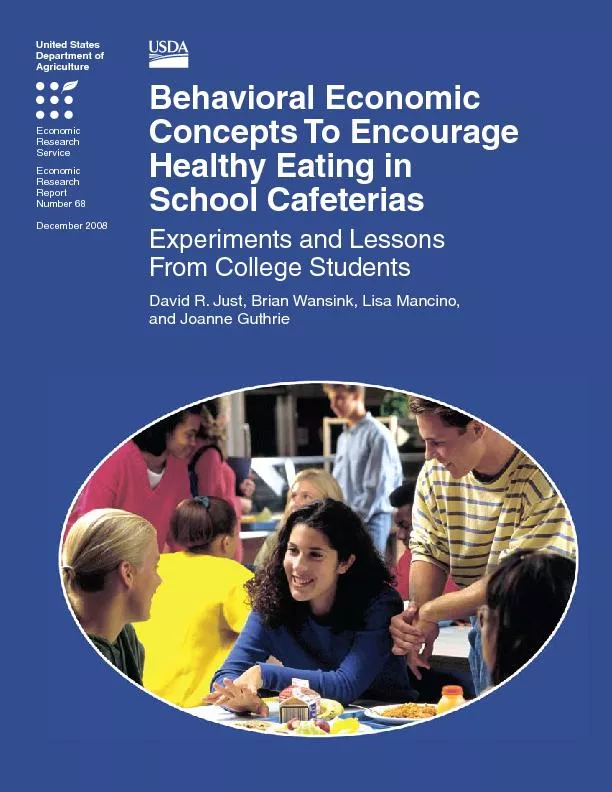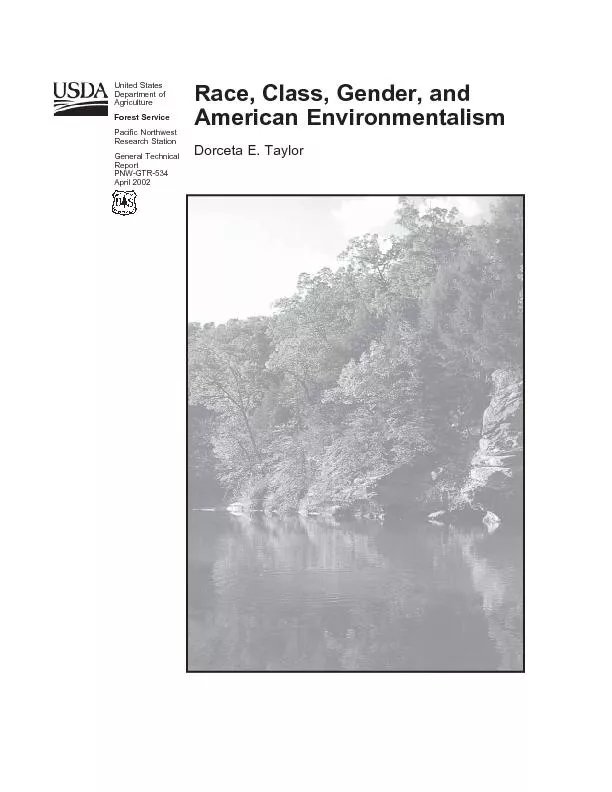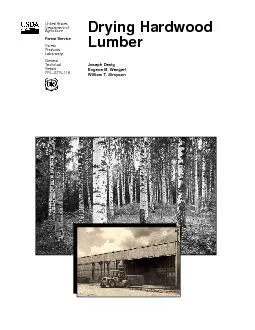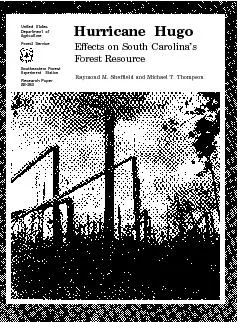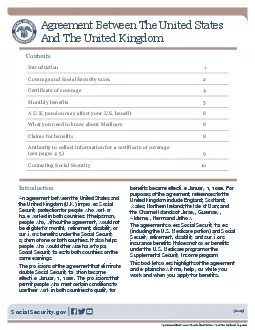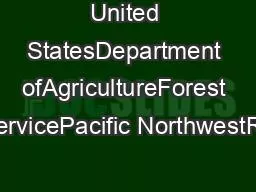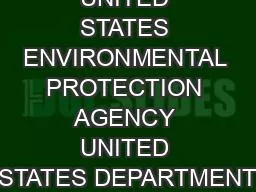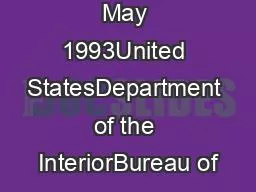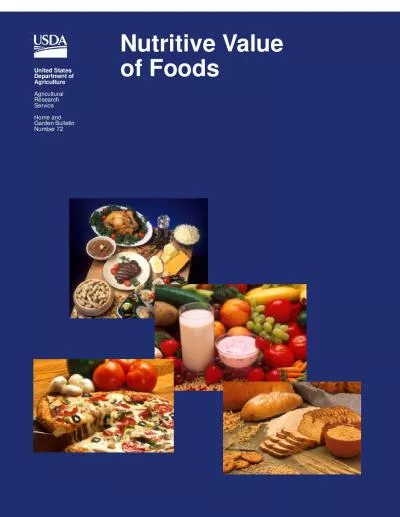PDF-United StatesDepartment ofAgricultureForest ServicePacific NorthwestRe
Author : stefany-barnette | Published Date : 2015-11-25
is a research wildlife biologist Forestry and Range Sciences LaboraJerry W Deal is a regional wildlife is a wildlife contractor Wallowa OR 97885 PNWRP539 Portland
Presentation Embed Code
Download Presentation
Download Presentation The PPT/PDF document "United StatesDepartment ofAgricultureFor..." is the property of its rightful owner. Permission is granted to download and print the materials on this website for personal, non-commercial use only, and to display it on your personal computer provided you do not modify the materials and that you retain all copyright notices contained in the materials. By downloading content from our website, you accept the terms of this agreement.
United StatesDepartment ofAgricultureForest ServicePacific NorthwestRe: Transcript
Download Rules Of Document
"United StatesDepartment ofAgricultureForest ServicePacific NorthwestRe"The content belongs to its owner. You may download and print it for personal use, without modification, and keep all copyright notices. By downloading, you agree to these terms.
Related Documents

